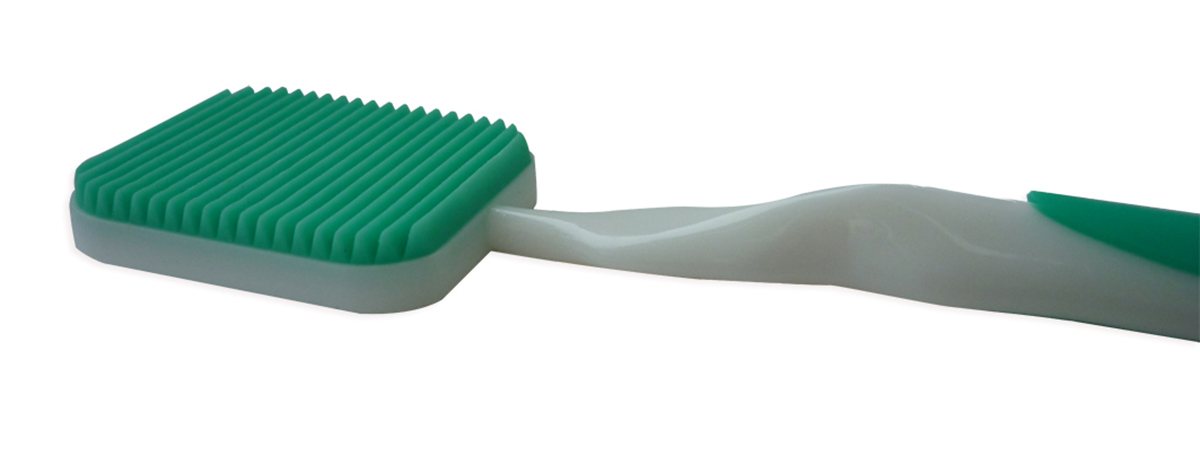
Constitution and characteristics
The human organ in question is known to be comprised of a dorsal surface, i.e. the surface that is visible to the eye and the one being velvety and red in color, as well as the ventral surface that is known to be pink in color and smooth. Having this fact at our disposal, the conclusion that imposes itself is that, under normal circumstances, our tongue is of red or reddish color. However, the presence of a number of diseases that affect our tongue directly or indirectly tends to induce certain changes in the physical appearance of our tongue, making it most often alter its overall color.Whiteness of the tongue and culprits
Conditions regarded to be most frequently at the root of physical changes that tend to affect the tongue, are the following:
Oral Candidiasis - regarded as the most frequent inducer and culprit when our tongue turns white. The condition in question actually represents a specific yeast infection induced by the activity of a fungus more familiar to people as Candida albicans. Furthermore, the infection in question most often affects those persons who either have a compromised immune system, or those persons whose immune system is otherwise weak most of the time. Yet another common cause of the infection is regarded to be ill-fitting dentures or prostheses. Once this condition settles, there begin to appear white spots/patches, which affect the tongue's dorsal surface. The patches themselves can be freely removed, but once this is done, there will occur raw bleeding areas that were kept hidden by the patches.Leukoplakia – also belongs to the category of those ailments that most often attack the tongue and give it a snowy-white appearance. This ailment represents a form of a cancerous lesion that is known to have the tendency to affect in a negative way just about any part of the oral cavity, with tongue and buccal mucosa being its 'top priorities'. One of the reasons behind this tendency is that, in the case of people who indulge in chewing tobacco, the occurring patches appear in those areas in which the tobacco is usually placed.Geographic tongue – represents a condition characterized by irregular patches that have the tendency to appear on the dorsal surface. When affected by the condition in question, the papillae located on the tongue and responsible for endowing the tongue with that velvety color, begin to slowly shed off. And as a direct consequence of this there occur the so-called 'bald patches' that cover the tongue's surface.



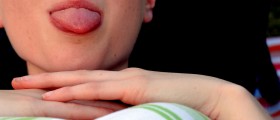

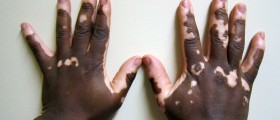
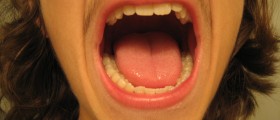

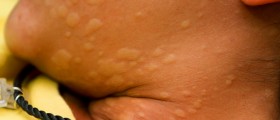
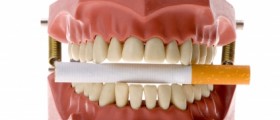



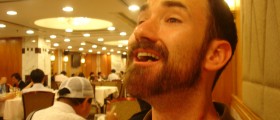

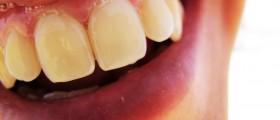
Your thoughts on this
Loading...